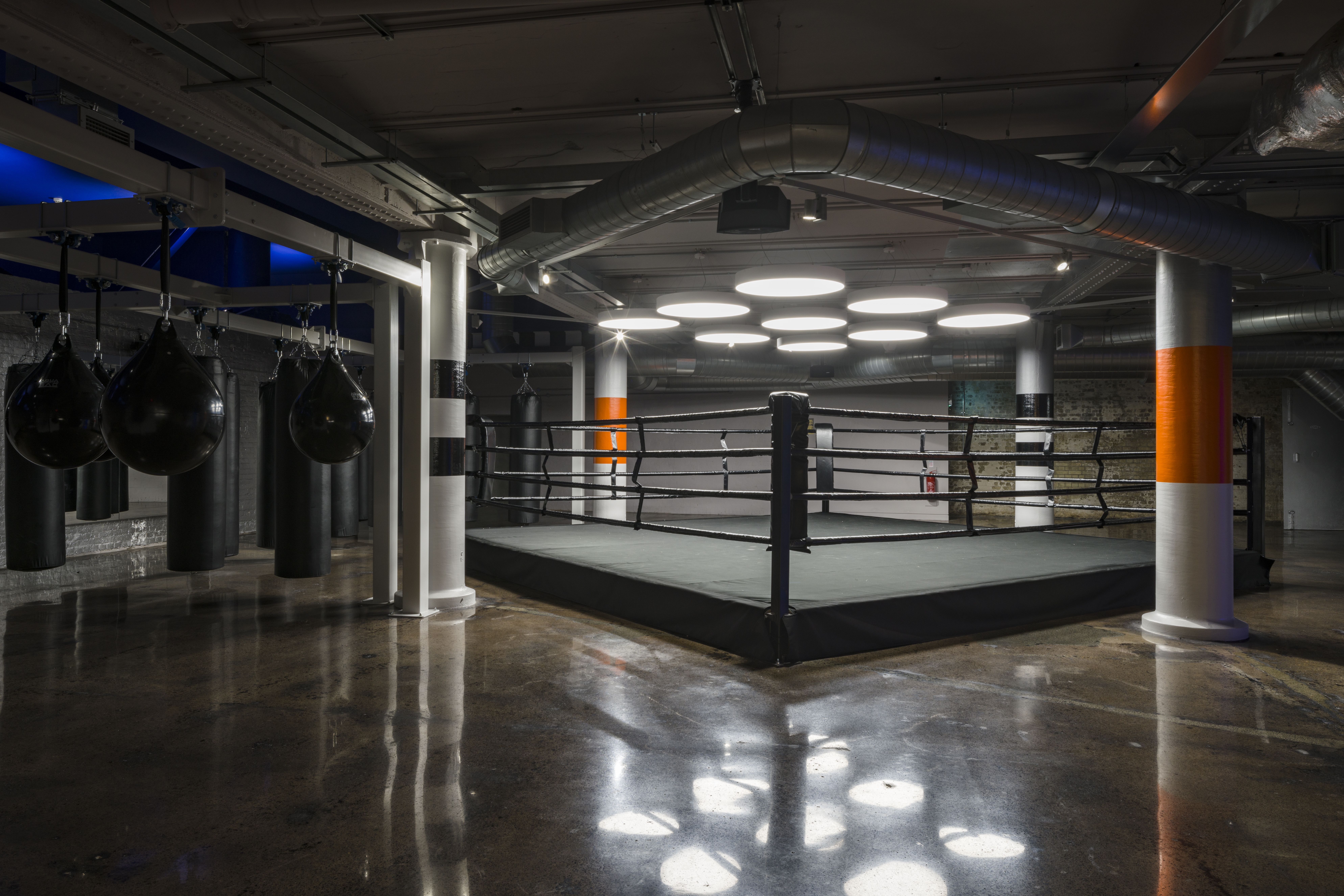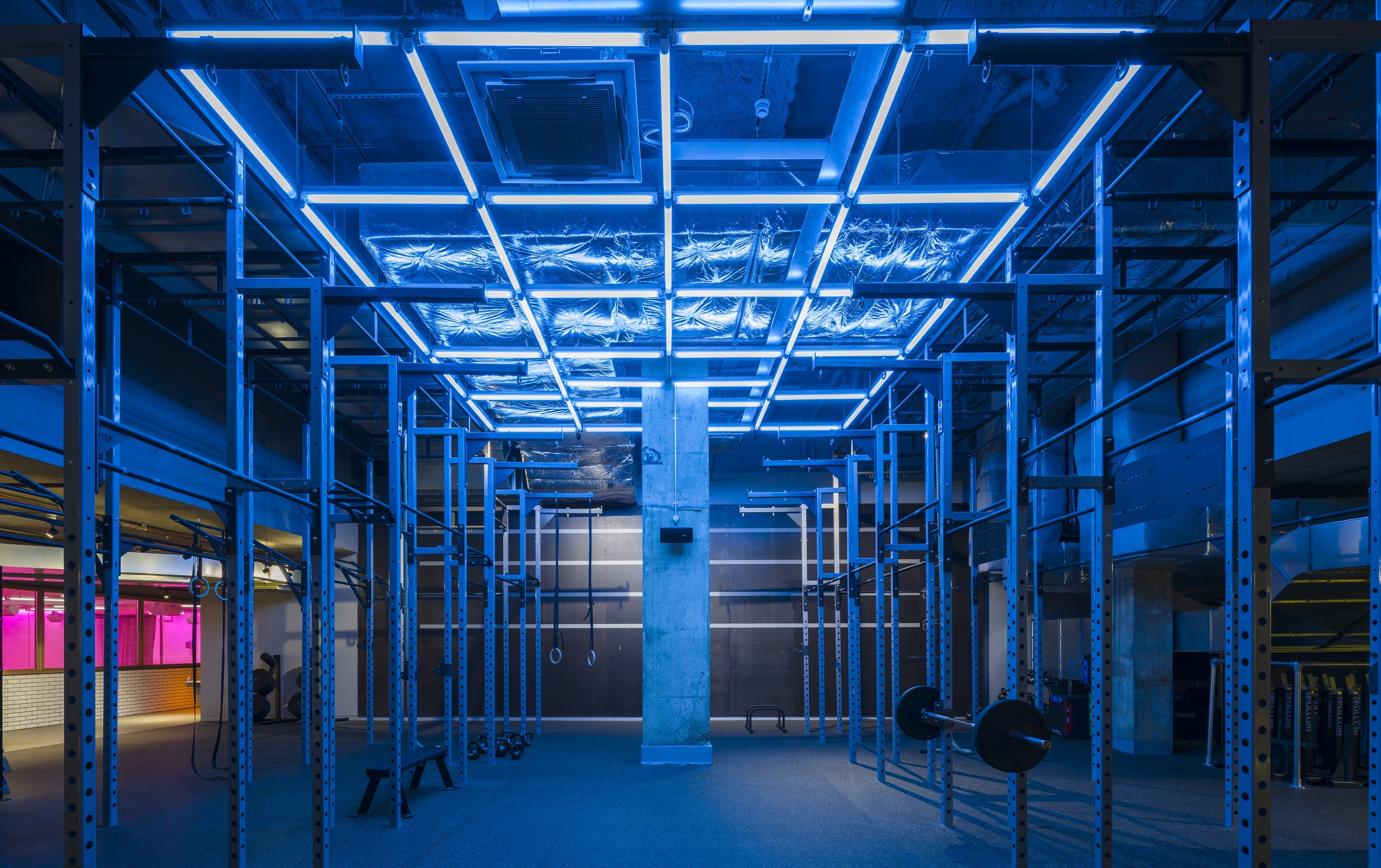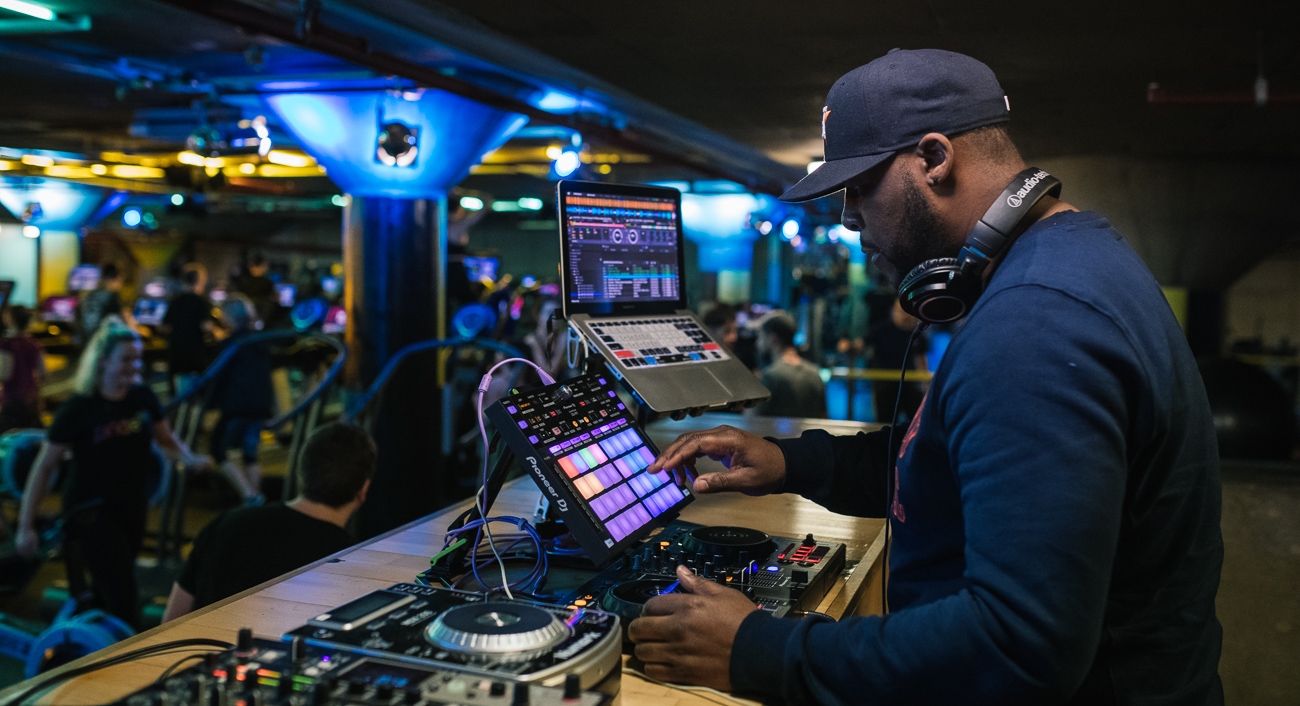20 Years of Gymbox: Interview with Richard Hilton
20th July
It was 2003 when Gymbox first opened it's doors as the antidote to boring gyms, and it's fair to say we've been living up to that name ever since... but what about the man behind it all? To celebrate our 20th year, our blogger Kat caught up with founder and now Non-Executive Director Richard Hilton to find out where his vision for the brand started, how it came to fruition and where he sees it going...

When you originally founded Gymbox, what was your initial vision for the company?
When I was living in New York (1990 - 1997,) I went into a gym and it was so sterile - wooden floors, white walls and just generic music. I hated it and left after 3 months. Then another brand launched in St Marks which had an eclectic mix of classes. In one week, you’d get taught by Mohammad Ali’s ex-trainer, the next week you’d get taught by a drag queen that happened to be a brilliant boxer. I fell in love with the brand (mainly from a combat point of view.) It welcomed everyone - it was very New York and very ‘90s.
When I came back to London in 1997 and started joining gyms, it felt like New York 6/7 years ago. Everything was just generic and boring and you weren’t even allowed to wear a slit vest - you had to put on a proper t-shirt. It felt very dated.
I was working in advertising at the time and I just thought, why has no one taken the essence of the New York gym and made a British version?! I wanted a version of that, a great brand with great classes and great combat, which was personality led in terms of the culture and the people.
So I quit my job in advertising and put together some business plans. I thought, wouldn’t it be nice if we had a business where the tagline was “anything goes,” where it didn’t matter what you looked like, it was just about who you were.
I ended up getting very, very lucky and found the needle in the haystack which was managing to get it financed and launched.
Did your original vision change over time and if so, in what way?
I had a vision of what I wanted Gymbox to look like. I’d looked at hundreds of designers' work and they kept on giving me the same version of a gym, but Patrick [gym architect] transformed it. We never said “let’s make it like a nightclub,” but Patrick and his company worked in the nightclub space, so together we challenged the idea of what a gym could and should look like.
It feels obvious now because every gym has DJ’s, but we were the first to do it. We were the first ones to say “a gym doesn’t need to look like this.” It could be dimly lit and not have spotlights along the ceiling!
The vision of how it looked definitely evolved over time. I still think now, if you look at all the different Gymbox clubs, they look different but they all have the same DNA.
In terms of the actual execution, the initial version of Gymbox had two or three boxing rings - it was originally going to be a lot more combat focused. Then we realised it was a bit too narrow in terms of how many people actually wanted to do boxing and MMA, so we went down to two boxing rings. By the time we launched, we had gone down to one! Combat was a focus but it became a lot more about the culture, the classes and the people.

If you were doing the whole thing again, is there anything you would do differently or anything you wish you had known?
From a personal perspective, I was obsessed with the detail and achieving perfection. I think I probably obsessed a bit too much! I’ve learnt it’s one thing setting the culture and setting the perfection levels, but it’s another thing actually running around trying to do everything yourself. So I think I probably wouldn’t micromanage it the way I did, or be as obsessed with the detail the way that I have been.
I think the counter-side of that is, if I hadn’t been pulled into the details as much, maybe we could have grown it a bit faster. But if we had grown it faster, would it have been as good?! Some brands lose their way because they get to that ‘cut and paste’ point when they branch out. What I wanted to do was evolve the brand for every gym we opened. Each one had to be individually designed and had to improve on the last one, and I think that’s a really good philosophy. But again, could we have grown it a bit faster and been a bit less obsessed with the detail?! I don’t know!
Did you have a hands-on approach to each individual gym as Gymbox expanded?
Yes! I think one of the 'uniquenesses' of Gymbox is, while they all feel like they’re part of the same family, we do the design process fresh every single time. So we don’t say “take that one and put the design into that one.” We say “okay, how can we change the colours? How can we challenge the timetable? How can we evolve it and make it better?”...if we carried on just replicating the first gym from 20 years ago, the business would have gone bust!
To have a business last 20 years - which still staggers me! - you do have to keep evolving it. I think the approach we had was correct, designing each branch individually, and there was so much love and care that went into each one…I think consumers are pretty smart, they recognise that each gym is different and getting better than the one before it.

Do you have a favourite Gymbox?!
I think I’m always going to have a soft spot for the first one, Holborn. That’s still the only one I can probably go in and run; I know where the circuit lighting is, I know where everything is in there. Our offices were based at Holborn, I trained at the gym and I remember all the initial PTs there, so I’ll always have a fondness for that one.
In terms of the one which I think is the best executed and the one I like the most now, that’s the Farringdon Gymbox. I look at it and think “this is just incredible!”
I’ve got four kids and I love them in different ways. It’s similar with the gyms, I’ve gotten so emotionally attached to them. I love them all the same, but in different ways.
What are the key reasons you think Gymbox has been so successful?
I think a lot of it is down to us being the initial disruptive brand. Going back to what I said earlier, most places had wooden floors and white walls, so we were at the right place at the right time - we were the only ones thinking about our brand. All the other gyms were essentially the same execution and looked the same.
We went with a very branded approach and it’s always been polarising - the people that loved us, loved us, and the people that didn’t like the brand didn’t like it. But I think you need that friction in a brand. If you look at successful brands, they create an emotive response: it’s like Marmite, either you love it or you hate it.
I think ultimately, Gymbox’s success is down to the people. We were really lucky in that we hired really good people…I think what makes businesses really tick is the people. We always set about creating a culture where people could be themselves and be creative and express themselves. You didn’t need to look a certain way or dress a certain way, or have an archaic “no tattoos'' policy (which some gyms had.) We were just like “come in and be yourself, express yourself.”
Ultimately, I think it’s the people that make businesses. If people like where they work, it’s infectious and the members like it. If people hate where they work, everything starts stalling.

What have been some of your proudest moments with Gymbox over the last 20 years?
I think being the initial disruptive gym and seeing the press around the launch was just amazing. Being recognised by something like CoolBrands - we were in it for 5 years running - so we knew we were doing something right. I think also, anything to do with the culture, the parties as well…
For me, being able to sell the company and hand over the reins to the management team is also something I’m proud of. I got to the point where I’d done what I wanted to do and I didn’t want to scale it any further. It makes me proud to know it’s in good hands with the current management team - people that I like.
Looking forward, where would you like to see Gymbox in the next 5 years?
I’d like Gymbox to still be obsessed with the detail, to still have a great culture and to still have inspiring classes.
I’d also like to see it travel outside of London, or internationally. I think it’s a great brand and it deserves to move outside of London, it’s been around long enough!
